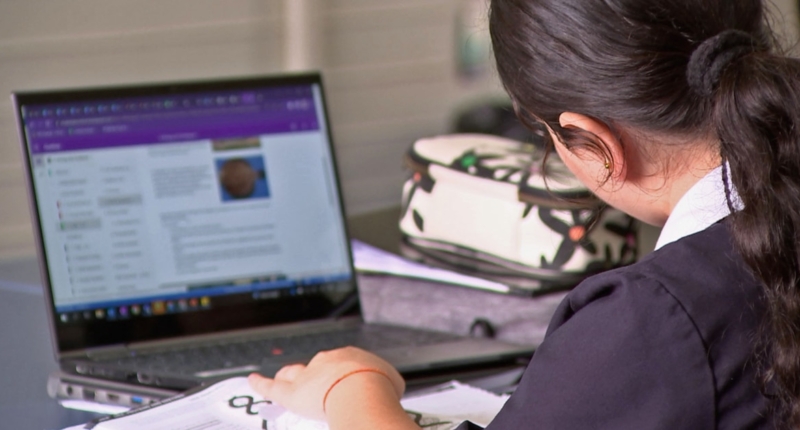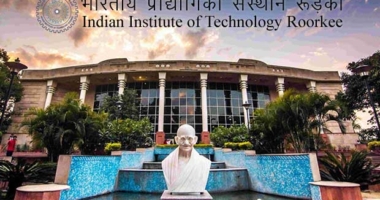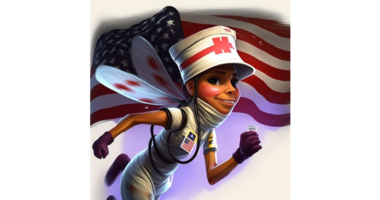As the artificial intelligence technology advances rapidly, learning institutes are exploring the role of models like Chat GPT in the classroom. Chat GPT can provide answers to questions in a range of formats, from recipes to university-level essays. However, the developer warns that there is a risk of misinformation or harmful content being shared while the technology is still in the research phase. To prepare for the potential use of Chat GPT, some New Zealand schools are developing student use policies, while universities are encouraging staff to embrace the technology and design assessments that incorporate the use of AI. The Ministry of Education is keeping an eye on developments related to Chat GPT and is ready to provide national support if needed to ensure the safe use of the technology by teaching staff and students. It’s important for students to demonstrate their learning in a variety of ways, not just written text. According to the Ministry of Education’s acting chief digital officer, blocking or banning AI is not a viable long-term solution and encourages students to use other appropriate methods to show their comprehension. Ultimately, the goal is to maximize the benefits that AI and Chat GPT offer while mitigating their potential risks.
Chat GPT: An AI Model Being Considered by Education Sector
As the artificial intelligence technology advances rapidly, many learning institutes are exploring the role of models like Chat GPT in the classroom. Developed by OpenAI in the United States, this internet artificial intelligence model is being considered by some schools in New Zealand and universities across the country.
Chat GPT can provide answers to questions in a range of formats, from recipes to university-level essays. However, the developer warns that there is a risk of misinformation or harmful content being shared while the technology is still in the research phase.
To prepare for the potential use of Chat GPT, some New Zealand schools, including Queen Margaret College, are developing student use policies. As part of this process, the school has sought advice from psychologist Dr Paul Duignan.
According to Duignan, it’s crucial for schools to understand how Chat GPT works by playing with it and to think about its implications for the future. Schools should then consider how they can use Chat GPT to help students learn and how they can provide guidance to staff and the community.
Similarly, universities in the country are also discussing the role of Chat GPT, with some staff expressing concerns about its impact on assessments and student learning. However, the Victoria University of Wellington is encouraging staff to embrace Chat GPT and design assessments that incorporate the use of AI.
The Ministry of Education is keeping an eye on developments related to Chat GPT and is ready to provide national support if needed to ensure the safe use of the technology by teaching staff and students. According to Mark Horgan, the Ministry’s acting chief digital officer, it’s important for students to demonstrate their learning in a variety of ways, not just written text.
In conclusion, as the education sector continues to grapple with the possibilities and potential risks of artificial intelligence models like Chat GPT, schools and universities must carefully consider how they can leverage this technology to support student learning while mitigating its potential risks.
Balancing AI and Traditional Methods in Education
According to Mark Horgan, the Ministry of Education’s acting chief digital officer, it’s important to strike a balance between AI models like Chat GPT and traditional methods of demonstrating learning. He believes that blocking or banning AI is not a viable long-term solution and encourages students to use other appropriate methods to show their comprehension. Ultimately, the goal is to maximize the benefits that AI and Chat GPT offer while mitigating their potential risks.
Don’t miss interesting posts on Famousbio










